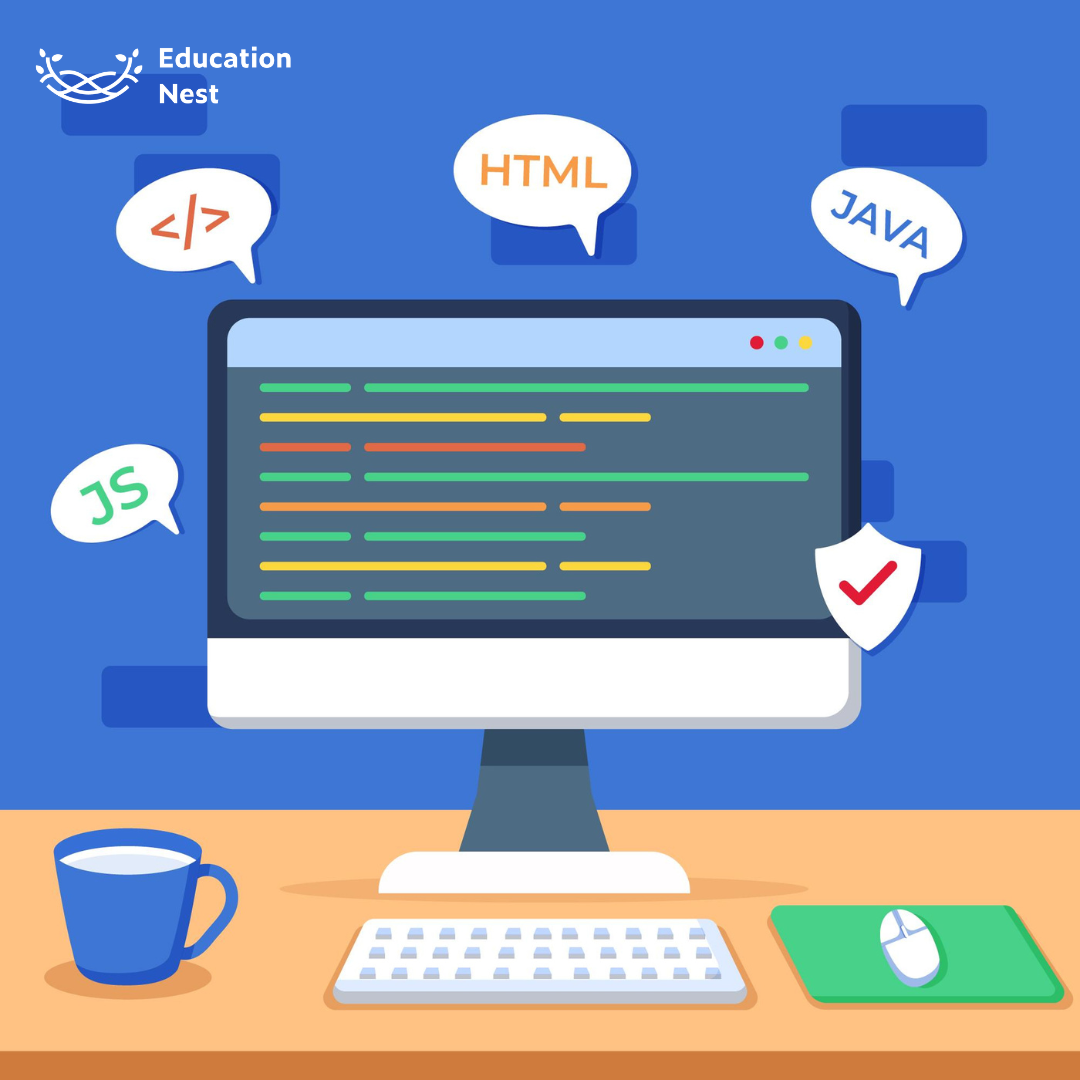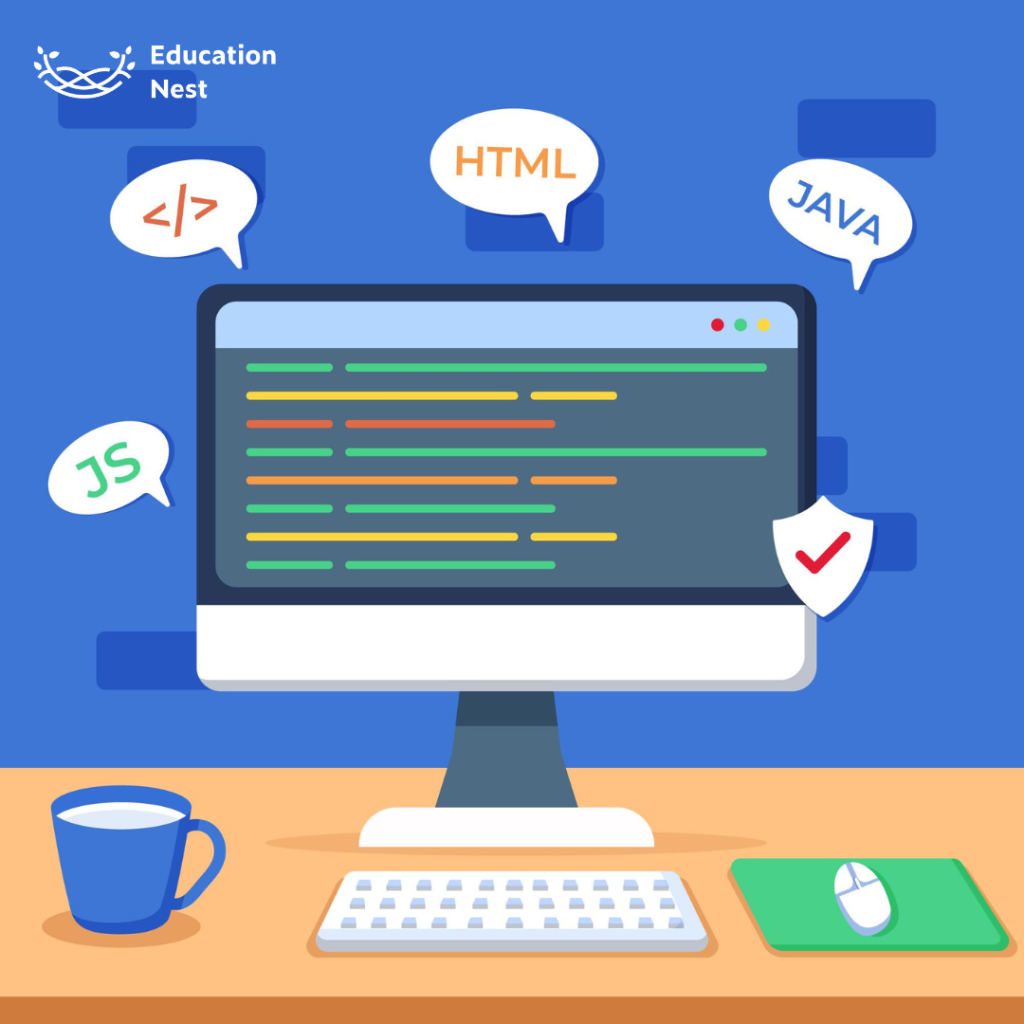
Python class objects are one of the most important concepts in Python programming. They allow you to create custom data types that can store data and perform actions. In this blog, you will learn everything you need to know about Python class objects in 2023. You will learn how to define, create, and use class objects in your code. You will also learn how to work with class attributes, methods, inheritance, polymorphism, and more. By the end of this page, you will be able to write clean and modular code using Python class objects.
What are Python Class Objects?
A class is a model or prototype created by the user from which objects are created. Classes are used to organize data and functionalities.
Syntax: Class Definition
class ClassName:
# Statement
A class instance can be created and used to access and use the user-defined data structure it creates, which includes its own data members and member functions. A class function is analogous to an object’s plan.
Observations on the Python class:
- The word “class” is used to create a class.
- Attributes are the various components that make up a class.
- Attributes are always public and can be obtained using the dot (.) operator. For example, Myclass .Myattribute
What is an Object in Python?
In an object, there is one instance of a Class. A class is like a blueprint, while an instance is a copy of the class with real values.
An object consists of:
State: An object’s characteristics correspond to how it appears. It also conveys an object’s attributes.
Behavior: Methods serve as a representation of an object’s behavior. It also demonstrates how several factors influence one another.
Identity: It gives anything a name and enables the communication between two entities.
Declaration of an Object (Also called instantiating a class)
When an object from a class is created, the class is said to be “instantiated.” The features and behavior of all instances of the class are the same. Yet, the way these attributes manifest themselves, or their values, change depending on the object. There can be any number of instances for a single class.
Syntax:
<object-name> = <class-name>(<arguments>)
Essential Elements in Python
We have discussed what is a class and an object in Python now let us look at some of the essential elements of Python you must know .
__init__() Method
To start up a single object, a method called __init__ () is utilized. This function is run automatically whenever a class object is generated.
The __init__() method is typically used to do tasks that must be completed before the object is created.
Python Class Objects: Self-parameter
The self parameter refers to the entire object. It is used to obtain or modify the properties of a given instance.
This parameter can be called whatever you like. Although “self” is unnecessary, you should generally include it because it is what everyone else does.
Every Python class has two major components: attributes and methods.
Python Class Objects: Attributes
Attributes are the characteristics that distinguish one object from another. They decide how it will look and act and its other features.
Class attribute variables can have varying values depending on the object to which they are assigned.
Python Class Objects: Method

A class would be nothing more than a structure if it did not include methods.
Class Inheritance in Python
With inheritance, we may create a class with another class’s methods and properties.
The class from which the inheritance is derived is called the parent class or the base class.
A child class, also known as a derived class, is a class that derives from another class.
- Create a parent class.
Because any class can be a parent class, the syntax is the same for creating any other class.
- Create a child class.
Use the parent class as a parameter when creating a class that takes over the functions of another class .
- Configure the __init__() function
So far, we’ve created a child class that inherits the parent class’s attributes and methods.
The __init__() function should be added to the child class (instead of the pass keyword).
- Make use of the “super()” function
In addition, Python includes a super() function that allows a child class to inherit all of its parent’s properties and methods.
- Add Methods
- Add Properties
Conclusion
In this blog, you have learned everything you need to know about Python class objects in 2023. You have learned how to define, create, and use class objects in your code. You have also learned how to work with class attributes, methods, inheritance, polymorphism, and more.

